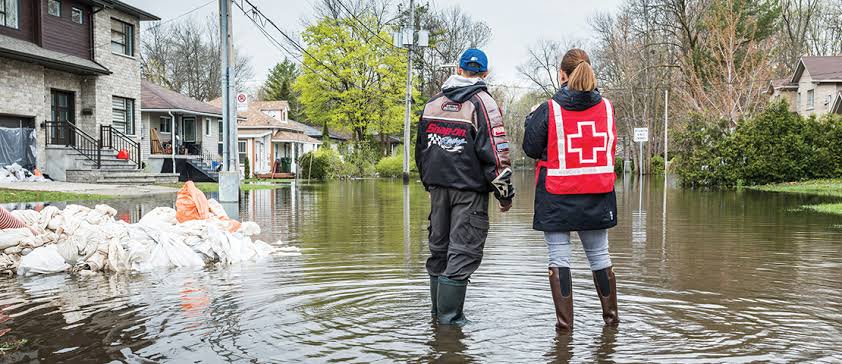Canada’s New Approach to Disaster Response
Canada has been rethinking its disaster response strategies to address the increasing frequency and intensity of natural and human-made crises. This change comes as climate change, population growth, and infrastructure challenges put more pressure on emergency services. The new approach focuses on improving preparedness, coordination, and recovery to protect lives and minimize economic and environmental damage.
Emphasis on Prevention and Preparedness
The government is investing heavily in risk assessment and disaster prevention measures. This includes enhanced early warning systems for floods, wildfires, and extreme weather events, using advanced data analytics and satellite monitoring to predict threats before they escalate.
Public education campaigns are also a major part of the strategy, helping citizens understand risks and teaching them how to prepare for emergencies. This proactive stance reduces reliance on reactive measures, ensuring that communities are more resilient when disaster strikes.
Integration of Technology in Emergency Management
Technology is at the heart of Canada’s updated disaster response framework. Geographic Information Systems (GIS) and AI-driven data analysis now support decision-making, helping authorities map out evacuation routes, identify at-risk zones, and allocate resources efficiently.
Drones are increasingly deployed for real-time surveillance, damage assessment, and delivery of supplies to inaccessible areas. Mobile applications now allow residents to receive instant alerts, report hazards, and access support during crises, improving communication between the public and emergency responders.
Strengthening Interagency and Cross-Border Collaboration
Canada’s new disaster response model promotes better collaboration between federal, provincial, and municipal agencies. Joint training exercises ensure all parties can coordinate seamlessly during emergencies.
There is also increased cooperation with international partners, especially in border regions, to share resources, expertise, and rapid response capabilities. This cross-border collaboration is crucial for disasters that do not respect geographical boundaries, such as wildfires and floods.
Focus on Community-Led Response Systems
Local communities are now more involved in emergency planning and recovery efforts. Funding has been directed toward empowering municipalities, Indigenous communities, and volunteer organizations to develop localized disaster plans.
By involving community leaders and residents directly, the approach ensures responses are culturally appropriate, swift, and based on local knowledge of the terrain and risks. This also fosters a stronger sense of collective responsibility and resilience.
Improved Recovery and Support Measures
The new strategy emphasizes faster and more sustainable recovery efforts. Instead of temporary fixes, post-disaster reconstruction now focuses on building infrastructure that is more resistant to future hazards.
Financial aid programs have been streamlined to provide quicker assistance to affected individuals and businesses. Mental health support services have also been integrated into disaster recovery plans, recognizing the psychological toll such events take on survivors.
Key Benefits of the New Approach
- Faster response times through improved coordination and technology integration
- Reduced loss of life and property damage due to better prevention and early warnings
- Stronger community engagement and resilience
- Sustainable recovery that reduces future disaster risks
- Enhanced collaboration across jurisdictions and borders
Looking Ahead
Canada’s new disaster response framework is a dynamic model that evolves as new threats emerge and technologies advance. The focus on prevention, technology, collaboration, and community involvement sets a strong foundation for handling future challenges more effectively.




Good
Very educating